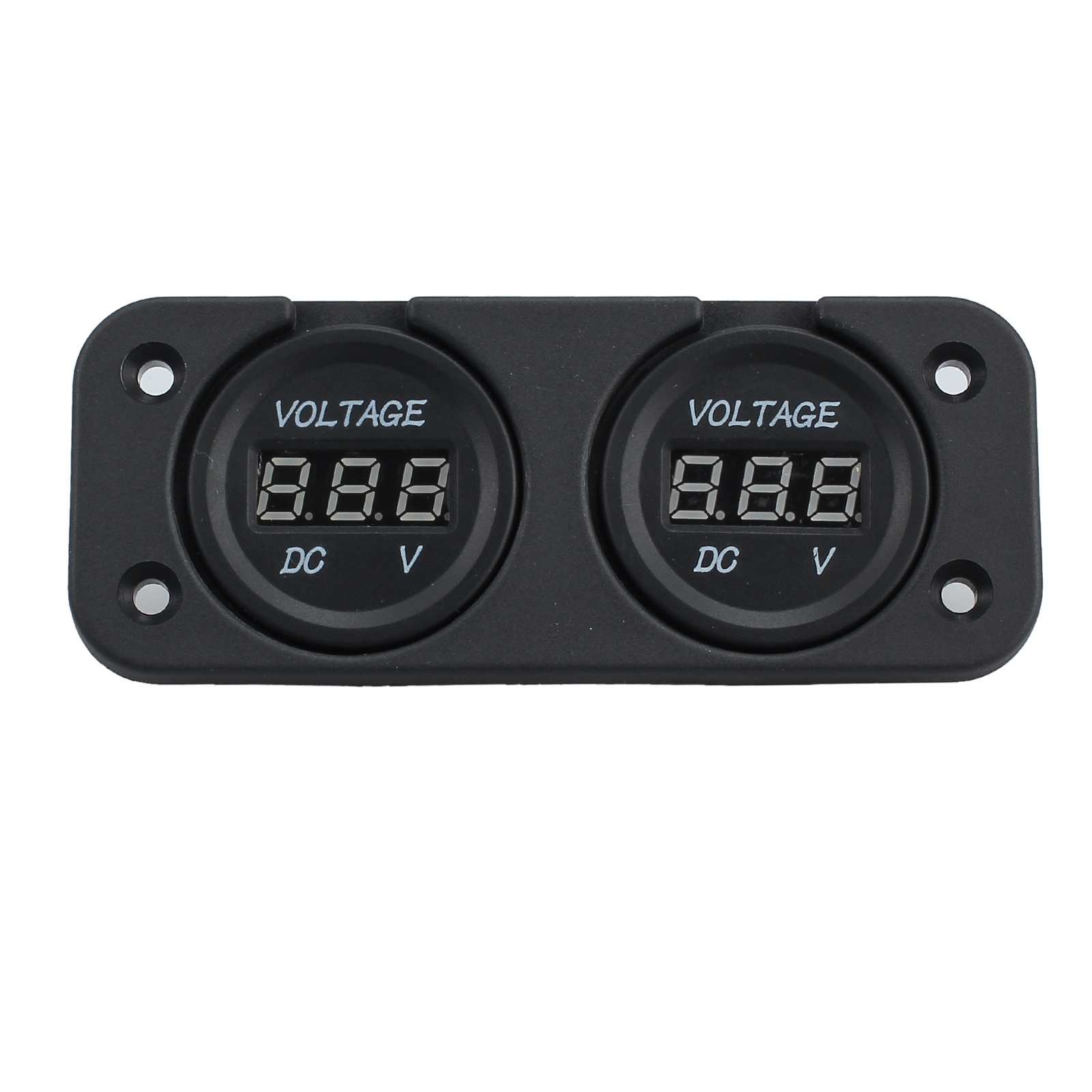

It’s the fault of improper use, lack of understanding and poor programming.įACT: If you do not keep up with programming your Ah counter, on a routine basis, Ah counters do not theoretically get out of sync with your battery, they physically get out of sync with your battery. Is this the fault of the Ah counter? No, it’s not. This is simple We have not yet seen an Ah counter’s SoC be within 10% of actual tested capacity and most are far worse than a 10% error. To track this performance we simply note the SOC screen, and energy consumed screen on the battery monitor, when the batteries are removed from the vessel for testing. Unfortunately in this industry I can count on one hand the number of marine electrical contractors or business that are set up to do this.

I know this sounds shockingly surprising, but when you fully understand and comprehend how Coulomb counting works, and how a battery ages, it becomes a lot clearer as to why such craziness can be stated.Īs a marine electrical business we are physically set up to test batteries for their true Ah capacity.
MARINE BATTERY STATUS MONITOR INSTALL
However, the shunt wiring is confusing for some boat owners who conduct a DIY install as well as some professionals. Most of the time the failure of the install is in the programming, typically a lack thereof. To sum it up in simple terms we have yet to come more than a handful of properly installed and properly calibrated Ah counters. This article is going to show you why PROPER PROGRAMING PAYS. While Ah counters are extremely accurate at counting ampere hours (Ah) it is what the Ah counter is counting these ampere hours against, an ever moving target called a battery, that creates the problems. Unfortunately no one ever really discusses it frankly or in an in-depth manner. The SoC (state of charge) tracking problems with Ah counters are well known among us electrical geeks, throughout industry, military etc. Unfortunately this is the article that should have been written first as it’s actually the far more important part of installing and using a battery monitor. When I first wrote the article on installing and wiring of a battery monitor, (See Installing a Battery Monitor) I had originally intended to write this sister article to it, but never got to it. This article is primarily written for Lead Acid Batteriesĭo not use “starts synchronized” unless the batts are already at 100% SoC” EVERYTHING BELOW THIS POINT DEALS WITH STATE OF CHARGE (SoC) TRACKING PERFORMANCE Where Ah counters frustrate myself, our employees and the average boat owner, is in the ability to accurately track SoC (State of Charge) for the way a cruiser typically uses their vessel. The newer models, such as the Victron BMV-712 (LINK) or the new Victron SmartShunt even have built in Bluetooth. They can teach you about charging performance, on-board energy usage and even show you historical data. They can give an owner tremendous amounts of excellent and useful data at a glance or with a tap of a button. Coulomb counting battery monitors give you great information but we also strongly believe owners should better understand įirst, let’s preface this article by saying that I am personally big fan of Ah counting battery monitors. Please do not misconstrue the points here and think we are trying to talk you out of an Ah counting battery monitor, nothing is further from the truth. WARNING: This article is long and in-depth.
MARINE BATTERY STATUS MONITOR SERIES
Everything in this article is still relevant to the current series of BMV-7xx battery monitors. The 602 has been replaced by the BMV-7oo series (700, 702 & 712). This article features the older Victron BMV-602.


 0 kommentar(er)
0 kommentar(er)
